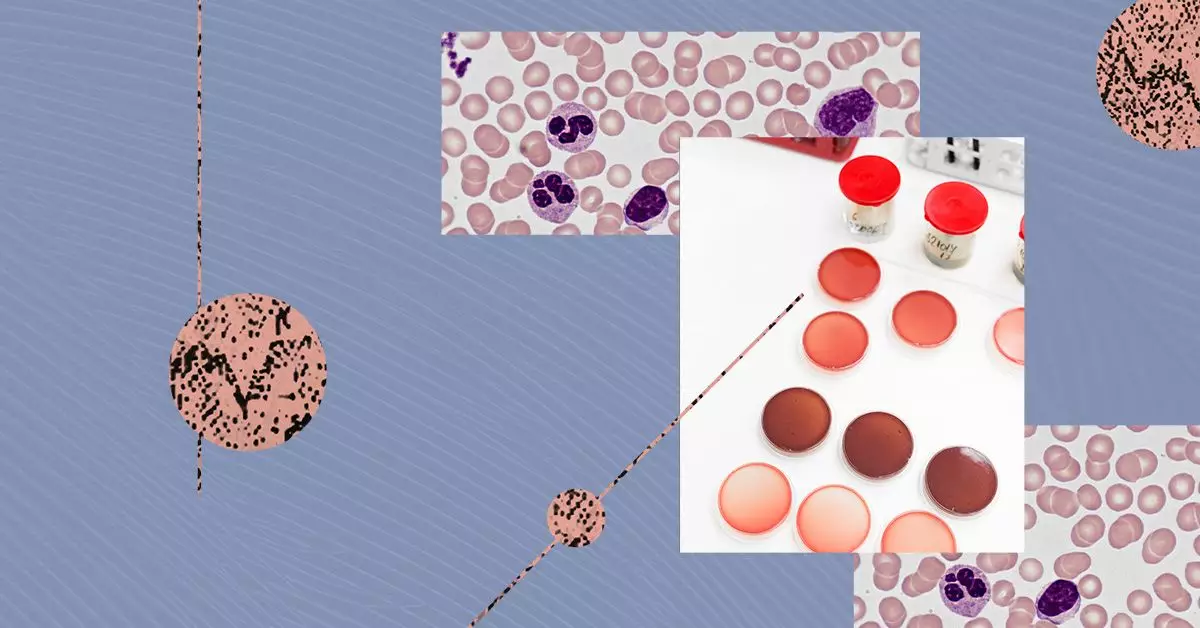Multiple myeloma (MM) is a complex hematological malignancy that primarily impacts the body’s plasma cells—critical components of the immune system responsible for antibody production. While much research has focused on identifying and categorizing the different types of MM, several related plasma cell disorders also exist that can complicate diagnosis and treatment. This article aims to clarify the various forms of MM, their characteristics, and the implications for patients.
Multiple myeloma is classified into several distinct categories based on how these atypical plasma cells behave and the types of immunoglobulins they produce. The four main types include typical myeloma, light chain multiple myeloma (LCMM), nonsecretory myeloma (NSM), and IgM myeloma.
**Typical Myeloma** is the most prevalent form, with subtypes based on the immunoglobulin heavy chain produced by myeloma cells. The types include IgG, IgA, IgD, IgE, and IgM. Among these, IgG kappa myeloma is the most frequently occurring, as myeloma cells produce an immunoglobulin composed of two heavy IgG chains and two kappa light chains. IgA myeloma follows, although it is less common.
**Light Chain Multiple Myeloma** involves the production of monoclonal proteins consisting solely of light chains. Comprising about 15% of MM cases, LCMM is often considered more aggressive and is associated with a poorer prognosis than other types of myeloma.
**Nonsecretory Myeloma** accounts for about 1% to 5% of all MM cases. In this type, myeloma cells produce minimal to no monoclonal protein, which complicates the diagnosis and monitoring of the disease. This rarity means that research into its progression and treatment options is limited.
**IgM Myeloma**, an exceedingly rare form, represents less than 0.5% of MM cases and can closely resemble Waldenstrom macroglobulinemia, a different but related condition. The challenge in differentiating these two diseases can complicate treatment decisions and patient outcomes.
Understanding the type of MM is crucial for developing a tailored treatment approach. Each subtype may respond differently to therapies, and accurate classification allows healthcare professionals to predict disease progression and choose the most effective interventions. As newer therapies emerge, continuous research is pivotal in improving patient outcomes across all types of myeloma.
Moreover, clinicians often monitor for related plasma cell disorders that may precede or coexist with active MM. Conditions such as smoldering multiple myeloma (SMM) and monoclonal gammopathy of undetermined significance (MGUS) represent earlier stages that can indicate a heightened risk for developing symptomatic MM.
Several disorders, though not classified as active MM, can significantly influence patient care:
– **Smoldering Multiple Myeloma (SMM)** is an asymptomatic variant of MM that can be monitored over time. While individuals may not exhibit symptoms, SMM is characterized by increased plasma cells in the bone marrow and higher levels of monoclonal proteins. Some patients may never progress to active MM, while others may require treatment should their condition worsen.
– **Monoclonal Gammopathy of Undetermined Significance (MGUS)** is defined by the presence of monoclonal proteins without any major complications or tumors. Although not considered cancer, MGUS can increase the risk of developing multiple myeloma or other hematological malignancies.
– **Light Chain Amyloidosis (LCA)** involves the buildup of light chains into amyloid proteins, leading to organ dysfunction. The link between LCA and MM demonstrates the complex interplay between various plasma cell dyscrasias, often necessitating a multidisciplinary approach for effective management.
The understanding of multiple myeloma and related disorders has evolved significantly over the years. With the recognition of various subtypes of MM, healthcare providers can work towards developing more personalized treatment regimens aimed at improving patient quality of life. Continuous research efforts are fundamental in uncovering new therapeutic avenues and enhancing early detection methods. As knowledge deepens and treatment options expand, the future holds promise for those affected by this complex malignancy.

